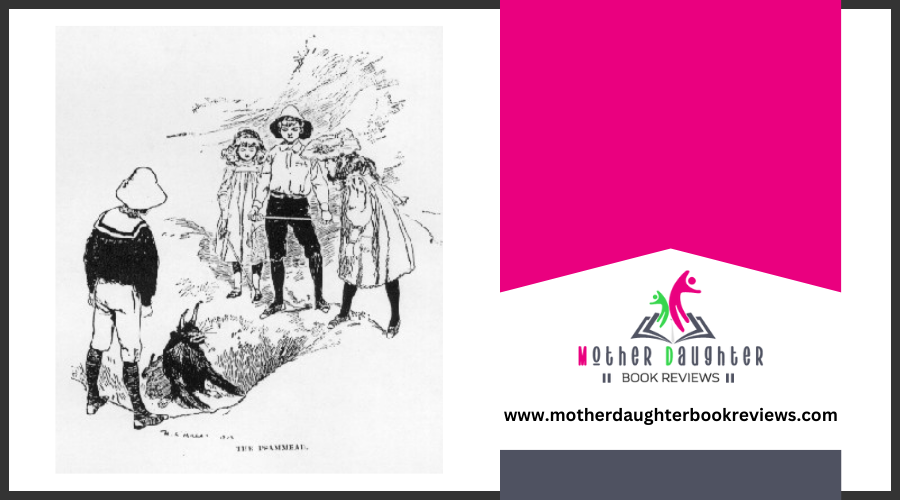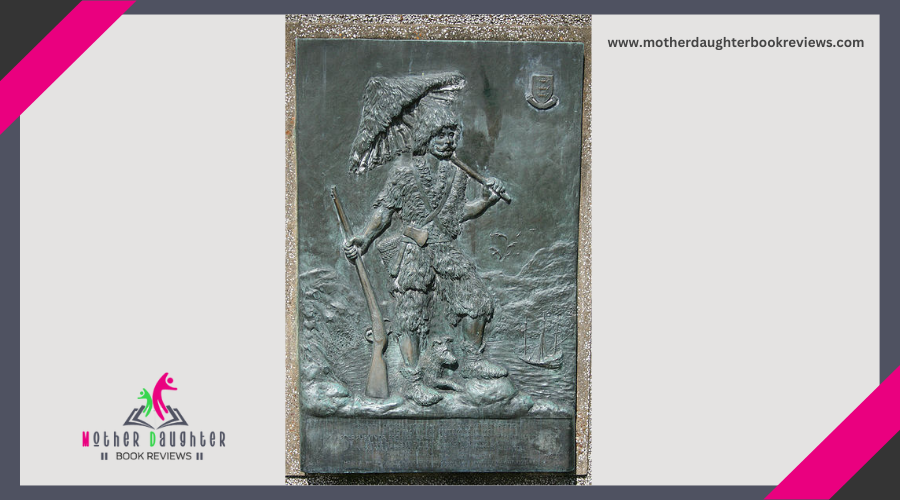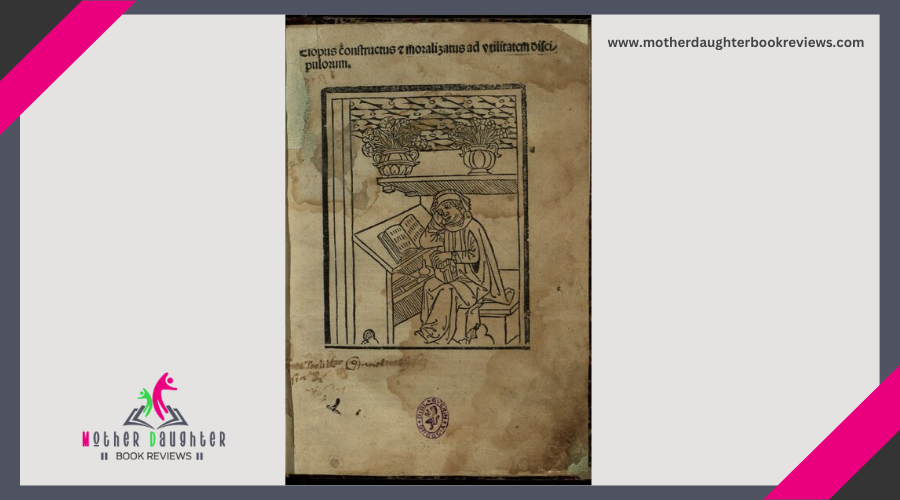Exploring Early Children's Stories From Greece, Rome, and Beyond
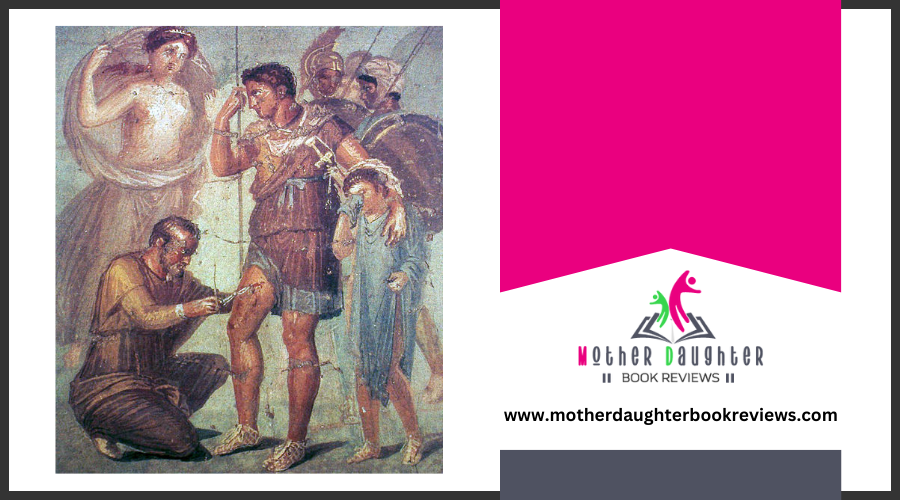
JoJan, Rimini219, CC BY-SA 4.0
You'll find early children's stories from Greece, Rome, and beyond are packed with timeless adventure and moral lessons. Greek mythology introduces you to heroes like Hercules, teaching bravery. Roman legends tell of Aeneas and the founding of Rome, highlighting loyalty and valor. From Aesop's fables, you learn virtues through animal characters' clever antics. Egyptian tales, steeped in gods like Ra, blend history and morality. Mesopotamian, Norse, and Indian Panchatantra stories add rich layers with themes of wisdom, heroism, and friendship.
Greek Mythology for Kids
Greek mythology for kids opens a magical world full of gods, heroes, and mythical creatures. Imagine the excitement as you immerse yourself in the tales of Greek heroes like Hercules and Theseus. These stories aren't just fun; they teach significant moral lessons about bravery, honesty, and perseverance.
You'll encounter mythical creatures such as the Minotaur and Medusa, each with their own unique stories and challenges. These tales often unfold during ancient festivals where families gathered to honor their gods and share stories. They weren't just for entertainment; they reinforced family values and community bonds.
Nature deities like Demeter and Poseidon show kids the significance of respecting nature and understanding the world around them. Heroic quests, such as Jason's search for the Golden Fleece, captivate young minds and demonstrate the value of determination and courage.
Moreover, divine intervention in these myths often highlights the relationship between mortals and gods, teaching kids about respect and humility. Through these enchanting stories, children not only learn about ancient cultures but also gain timeless wisdom that shapes their understanding of the world and their place within it.
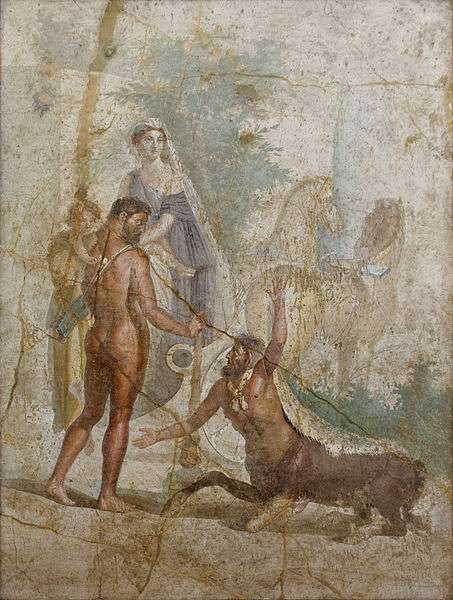
Roman Legends and Lore
Delving into Roman legends and lore, you'll find a cache of tales that rival those of their Greek counterparts. Roman heroic epics like the story of Aeneas, who traveled from the fallen city of Troy to found Rome, are filled with adventure and bravery. You'll also encounter Roman creature myths, such as the tale of the fearsome Chimera or the many-headed Hydra, challenging heroes at every turn.
Roman family tales play a significant role, too. The story of Romulus and Remus, twin brothers raised by a she-wolf and destined to establish Rome, highlights themes of family loyalty and rivalry. Roman historical legends, like those of the noble Horatius at the bridge defending Rome against invaders, offer glimpses into the values and virtues that Romans held dear.
Don't forget Roman underworld stories, where tales of the afterlife and the gods who rule it, like Pluto, captivate and thrill. These stories often intertwine with moral lessons and the importance of piety and respect for the gods. Regardless of it's heroism, mythical creatures, or family drama, Roman legends and lore provide a rich tapestry of stories for all generations.
Fables of Aesop
While Roman legends enthrall with their tales of heroism and mythical creatures, another collection of stories awaits in the fables of Aesop. These fables, rich in moral lessons, have had a profound influence on storytelling across the world. Featuring animal characters like the clever fox, the slow but determined tortoise, and the boastful hare, Aesop's fables use simple yet effective storytelling techniques to convey timeless themes.
What makes Aesop's fables so engaging is their cultural significance and educational value. They're not just entertaining; they also serve as tools for imparting wisdom and ethical guidance to children and adults alike. By observing the behaviors and consequences faced by these animal characters, you can easily grasp the moral lessons without needing complex explanations.
Modern adaptations of Aesop's fables continue to resonate with audiences. Regardless of it's through animated films, children's books, or classroom activities, these stories remain relevant. They transcend time, teaching virtues like honesty, patience, and kindness. Aesop's influence on literature and education is undeniable, making his fables a fundamental part of cultural heritage and a wealth of knowledge for generations to come.
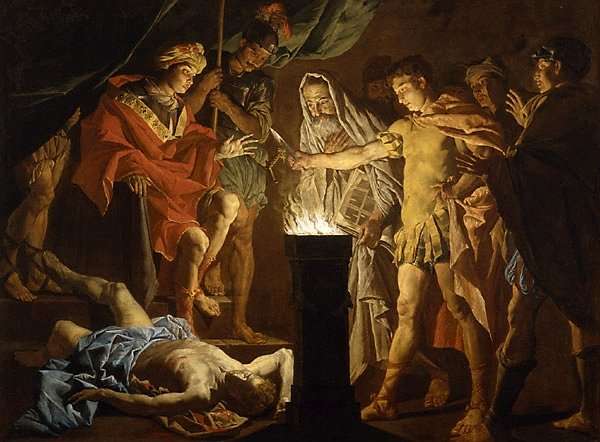
Tales From Ancient Egypt
Step into the enchanting world of Ancient Egypt, where gods walked among mortals and the Nile's waters whispered secrets of the past. You're about to uncover tales filled with ancient Egyptian deities like Ra, Osiris, and Isis, who shaped the world with their divine powers. These stories weren't just told; they were carefully recorded through hieroglyphic storytelling, a unique script that brought tales to life on temple walls and papyrus scrolls.
Imagine sitting by the flickering light of an oil lamp, hearing the story of Osiris, the god of the afterlife. Osiris was betrayed by his brother Set, who sought the throne. But with the help of Isis, Osiris' wife, he was resurrected, symbolizing eternal life and the cycle of nature. Such narratives taught children about loyalty, justice, and the importance of family.
Hieroglyphic storytelling wasn't just for adults. Children learned to read these intricate symbols, revealing stories of bravery and wisdom. You'd find tales where young heroes outwit crocodiles and pharaohs learn lessons from humble beginnings. These stories, rich in moral and cultural lessons, continue to captivate and educate, just as they did thousands of years ago.
Mesopotamian Myths
Imagine a domain where the whispers of gods influenced every aspect of life and the stars held the secrets of the universe. Welcome to Mesopotamian myths, where the ancient civilizations of Sumer, Akkad, and Babylon spun rich tales that reflected their worldviews. These stories weren't just entertainment; they were cultural morals wrapped in epic adventures.
In Mesopotamian creation stories, gods like Marduk and Tiamat shaped the world through divine conflicts and cosmic battles. These narratives laid the foundation for understanding their place in the universe. Hero quests, such as the epic of Gilgamesh, showcased the bravery and flaws of legendary figures, teaching lessons about humanity's strengths and weaknesses.
Key Elements of Mesopotamian Myths:
- Creation Stories: These tales explain the origins of the world and humanity.
- Hero Quests: Characters set out on epic adventures, facing mythical creatures and divine challenges.
- Divine Conflicts: Gods engage in battles and disputes that impact the mortal world.
- Cultural Morals: Stories convey societal values and life lessons.
Mesopotamian storytelling traditions have influenced countless generations, preserving the essence of ancient wisdom. As you explore these myths, you'll uncover a world where every tale serves a purpose, linking the past to present understandings.
Stories of Norse Gods
The icy winds of Scandinavia carry tales of the mighty Norse gods, where Odin, Thor, and Loki reign supreme. As you explore Norse mythology, you'll find a world rich with Viking sagas and Asgard tales. Picture Thor, the god of thunder, setting off on thrilling adventures, wielding his hammer Mjölnir to protect Asgard from the fearsome frost giants. His bravery is legendary, enchanting the imagination of children and adults alike.
Meanwhile, Loki, the trickster god, is always up to some form of mischief. His trickery often leads to chaos, but also to unforgettable stories that highlight his cunning and unpredictability. You'll find it hard not to be intrigued by his antics, even if they sometimes cause trouble for the other gods.
Then there's Odin, the All-Father, whose wisdom is unparalleled. His relentless quest for knowledge and understanding shapes many of the Valhalla legends. Odin's wisdom is a cornerstone of Norse mythology, offering lessons that resonate through the eras.
These stories, filled with heroism, deception, and profound wisdom, bring the ancient world of the Norse gods to life, enchanting anyone who hears them.
Indian Panchatantra Tales
Diving into the Indian Panchatantra tales, you'll uncover a wealth of ancient wisdom wrapped in engaging stories. These tales are renowned for their moral lessons and use of animal characters to convey profound truths. Rooted in historical context, the Panchatantra has been a crucial part of India's literary tradition, offering both educational value and entertainment.
The narrative structure of these stories is compelling, often featuring a story within a story. This unique style keeps you engaged and allows for multiple layers of storytelling techniques. You'll find that each tale not only entertains but also imparts valuable lessons on ethics and life skills.
Here's why the Panchatantra is so significant:
- Moral lessons: Each tale delivers a clear moral, teaching values like honesty, wisdom, and cooperation.
- Cultural significance: The stories reflect Indian culture, traditions, and societal norms.
- Folklore variations: Over time, these stories have been adapted and retold across different cultures, showcasing their universal appeal.
- Educational value: They are used as educational tools to impart ethical and practical lessons to children.
These tales' cultural significance and rich folklore variations highlight their enduring appeal and importance in literature.
Chinese Folktales and Legends
Moving from the lively tales of the Panchatantra, let's explore the enchanting world of Chinese folktales and legends. You'll uncover stories that are rich in ancient wisdom and steeped in tradition. These tales often revolve around significant cultural events like the Chinese New Year and the Moon Festival, teaching you about family values and moral lessons.
One of the most fascinating elements in Chinese folklore is the presence of dragon legends. Dragons, as mythical creatures, symbolize power, strength, and good fortune. Folktale characters like the Jade Emperor and the Moon Goddess add layers of intrigue and depth to these stories.
For example, during the Moon Festival, you'll hear the legend of Chang'e, the Moon Goddess, who embodies themes of love and sacrifice. Such stories emphasize the significance of family values, reminding you to cherish your loved ones.
Chinese New Year tales often include the Nian, a terrifying mythical creature subdued by bright lights and loud noises, teaching moral lessons about courage and ingenuity. These narratives blend the fantastical with the practical, offering you a unique glimpse into China's rich cultural tapestry.
African Oral Traditions
Delving into African oral traditions, you'll uncover a wealth of stories passed down through generations. These tales are rich in cultural significance and showcase unique storytelling techniques that have preserved history, morals, and social values.
African oral traditions often use vivid imagery, song, and dance to engage listeners. These storytelling techniques are not just for entertainment; they serve as a means to educate and instill values in the community. As you investigate these stories, you'll notice their focus on themes like resilience, community, and the natural world.
To better understand the impact of African oral traditions, consider the following:
- Preservation of History: Oral stories keep historical events and cultural practices alive, ensuring they aren't lost over time.
- Moral Lessons: Many tales impart significant life lessons, teaching children about right and wrong.
- Community Bonding: Storytelling sessions bring people together, fostering a sense of unity and shared identity.
- Creativity and Expression: The use of music, rhythm, and performance in storytelling allows for creative expression and emotional connection.
Conclusion
From the bravery of Hercules in Greek mythology to the founding of Rome in Roman legends, these ancient tales captivated young minds and taught essential virtues. Aesop's fables, with their clever animal characters, continue to impart wisdom, while Egyptian, Mesopotamian, Norse, and Indian stories add layers of cultural richness, highlighting themes like courage, friendship, and wisdom. Each of these stories from different cultures serves as a timeless guide, teaching children about morality, history, and the importance of imagination, leaving a lasting impact on generations of readers.

